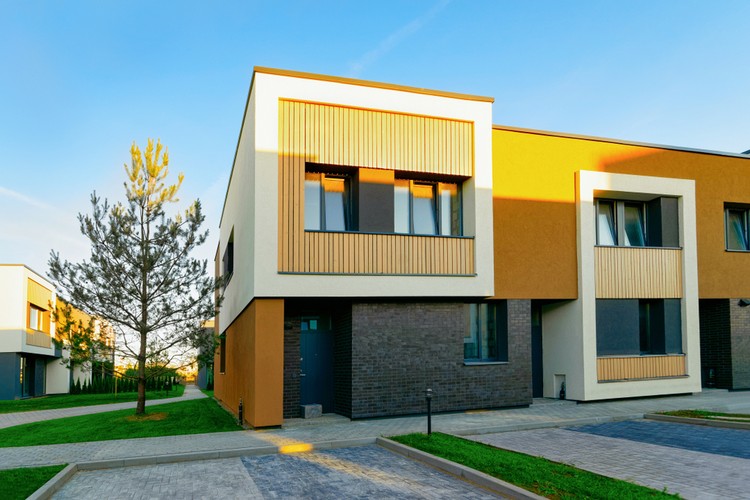Unveiling the Potential of Mixed-Use Real Estate Investment
Introduction: The real estate landscape is ever-evolving, with various investment strategies coming to the forefront. One such strategy, often overlooked, is mixed-use real estate investment. This approach combines residential, commercial, and sometimes industrial spaces within a single property. In this article, we delve into mixed-use properties, their rising prominence, and what they mean for investors.

A Brief Historical Overview of Mixed-Use Properties
Traditionally, real estate properties were classified into distinct categories: residential, commercial, or industrial. However, the late 20th century saw the emergence of mixed-use properties. Combining multiple property types in one location, this development was driven by urbanization and the need for space optimization. It provided a solution to the growing demand for compact, accessible living and working spaces, especially in densely populated cities.
The Current State of Mixed-Use Properties
Today, mixed-use properties are making a significant imprint on the real estate market. This trend is fueled by the changing preferences of millennials and Gen-Z individuals who value convenience and accessibility. Moreover, the blend of residential and commercial spaces in a single property offers a unique appeal to investors seeking to diversify their portfolio. It provides a balanced risk profile, as the different components of the property can counterbalance each other in times of market volatility.
Pros and Cons, Potential Impact on Investors
Investing in mixed-use properties presents both opportunities and challenges. On the upside, this property type offers diverse income streams, which can cushion investors against market fluctuations. Plus, the blend of different property types can enhance the property’s overall value and attract a broad tenant base.
However, managing mixed-use properties can be complex, given the range of different tenants and their varying needs. Additionally, zoning regulations and finance options for mixed-use properties can be more complicated than for single-use properties.
The Financial Perspective: What Does Research Say?
Research supports the financial viability of mixed-use properties. According to a study by the Urban Land Institute, mixed-use properties often have higher rental rates and property values, compared to single-use properties. The study also noted that mixed-use properties tend to be more resilient during economic downturns, as the risk is spread across different property types.
Making Complex Real Estate Concepts Digestible
Mixed-use properties offer a unique real estate investment strategy, combining the strengths of residential, commercial, and sometimes industrial properties. However, this approach comes with its own set of complexities. It requires a deep understanding of different property types, their market dynamics, and tenant needs. Yet, with the right knowledge and strategy, mixed-use properties can offer lucrative investment opportunities.
In conclusion, the rise of mixed-use properties presents an exciting chapter in the evolving real estate landscape. As with any investment, understanding the strategy’s ins and outs is crucial. With careful planning and due diligence, mixed-use properties can offer a robust and diversified addition to an investor’s real estate portfolio.




